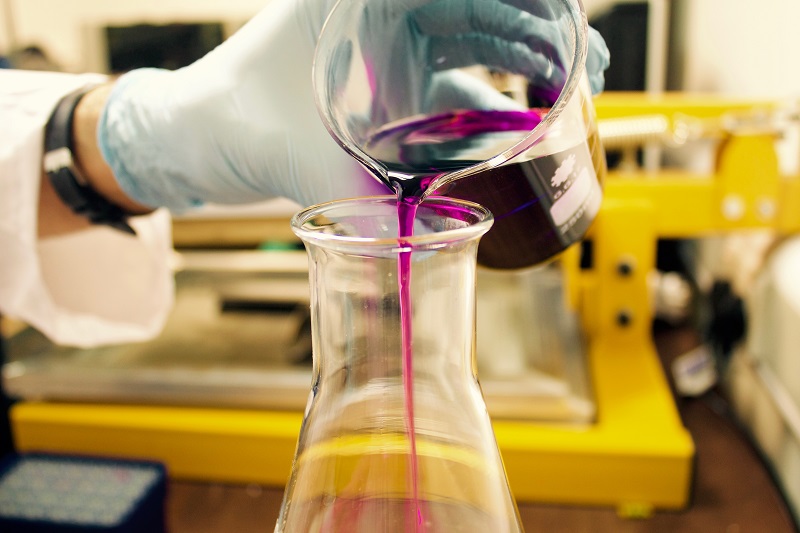Block MEMS, LLC of Southborough, MA announced on January 28 that it has been selected for Phase III of an Intelligence Advanced Research Projects Activity (IARPA) program for the standoff detection of trace and bulk quantities of drugs such as fentanyl, explosives, chemical warfare agents (CWAs) and toxic chemicals. Block is the only contractor selected for Phase III of the effort.
The IARPA program is called “Standoff Illuminator for Measuring Absorbance and Reflectance Infrared Light Signatures” (SILMARILS). With the recent $5.5 million Phase III award the total contract value of the Block effort is now at $15.1 million. The SILMARILS program is an IARPA effort, and the contract is executed by the U.S. Air Force Research Laboratory at Wright-Patterson Air Force Base, Ohio.
Under previous Phases, Block successfully demonstrated the ability of hyperspectral imaging using its eye-safe proprietary quantum cascade lasers to detect and map out the location of trace quantities of chemicals on a wide variety of surfaces at standoff distances of up to 25 meters. Furthermore, measurements could be made at high speeds, within a few seconds.
The goal of Phase III is to develop stand-off chemical detection capabilities with automated real-time processing that are suitable for three different applications: Long-range standoff for distances up to 30 meters that can be used to screen vehicles, outdoor surfaces, clothing, or other items; Moving targets to addresses the need to detect trace chemicals while objects are moving – e.g., for screening packages moving on a conveyor or for detecting CWAs on the ground in front of military vehicles; and Close-range that addresses the need for a compact system (potentially handheld) that can operate at a close-range of less than 5 meters.
Dr. Anish Goyal, Block’s VP of technology and principal investigator of the effort, commented, “We are very pleased to receive the third Phase award of the SILMARILS Program based on successful achievements in the prior program phases which included testing at the Indianapolis Motor Speedway during the Indy 500. The ability to detect most chemicals, including CWAs, Explosives, and Pharmaceutical Based Agents at these standoff distances is addressing a strong need within the Intelligence Community, the Defense Department and the Department of Homeland Security.”
Al Weggeman, Block’s president, said, “This is a great opportunity to partner with IARPA and AFRL in the creation of much needed technologies that address stand-off chemical and gas detection capabilities and CONOPs. We are resolved to provide protective capabilities to first responders, military, and the public in general.”
Source: Block








